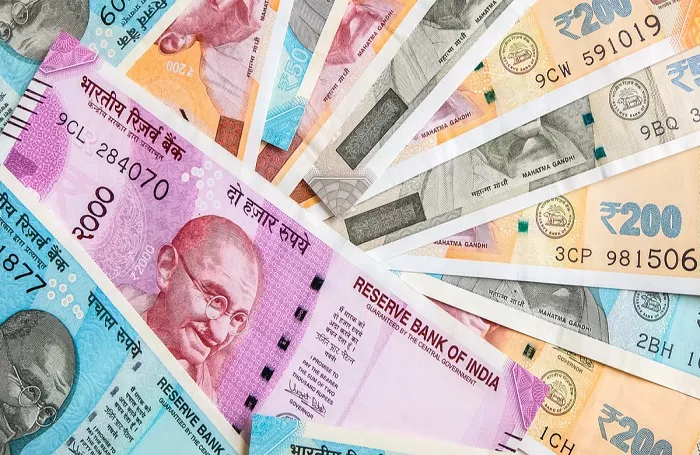The Indian Rupee (INR) gained slight traction on Thursday, supported by likely intervention from the Reserve Bank of India (RBI), which is believed to have conducted dollar-rupee swaps to manage liquidity and bolster the currency. The drop in crude oil prices also provided some relief, as India is the third-largest oil consumer globally, and lower oil prices can help reduce the strain on the INR.
However, the currency remains under pressure due to continued selling by Foreign Institutional Investors (FIIs), persistent demand for US Dollars (USD) from importers, and broader global uncertainties that continue to weigh on the Rupee. Investors are closely watching the upcoming US weekly Initial Jobless Claims data, set to be released later on Thursday, while Friday will bring key data including HSBC India’s Purchasing Managers Index (PMI) and the US S&P PMI for January.
On the technical front, the INR is currently trading in positive territory. The USD/INR pair remains in a constructive uptrend, forming higher highs and higher lows, and holding above the key 100-day Exponential Moving Average (EMA) on the daily chart. The 14-day Relative Strength Index (RSI) is above the midline at 67.30, suggesting that support is likely to hold.
The primary resistance for the USD/INR pair is seen at the all-time high of 86.69. A sustained move above this level could open the door for further gains, possibly reaching the psychological level of 87.00.
On the downside, if selling pressure intensifies and the pair falls below 86.18, the low from January 20, the next support level to watch is at 85.85, the low from January 10. Further downside could see the pair testing the 85.65 mark, which corresponds to the low of January 7.
Related topics:
EUR/USD Falls Below 1.0250 Amid Strong U.S. Job Growth and Fed Rate Pause Expectations
Japanese Yen Strengthens for Third Consecutive Day Amid Risk-Off Sentiment


